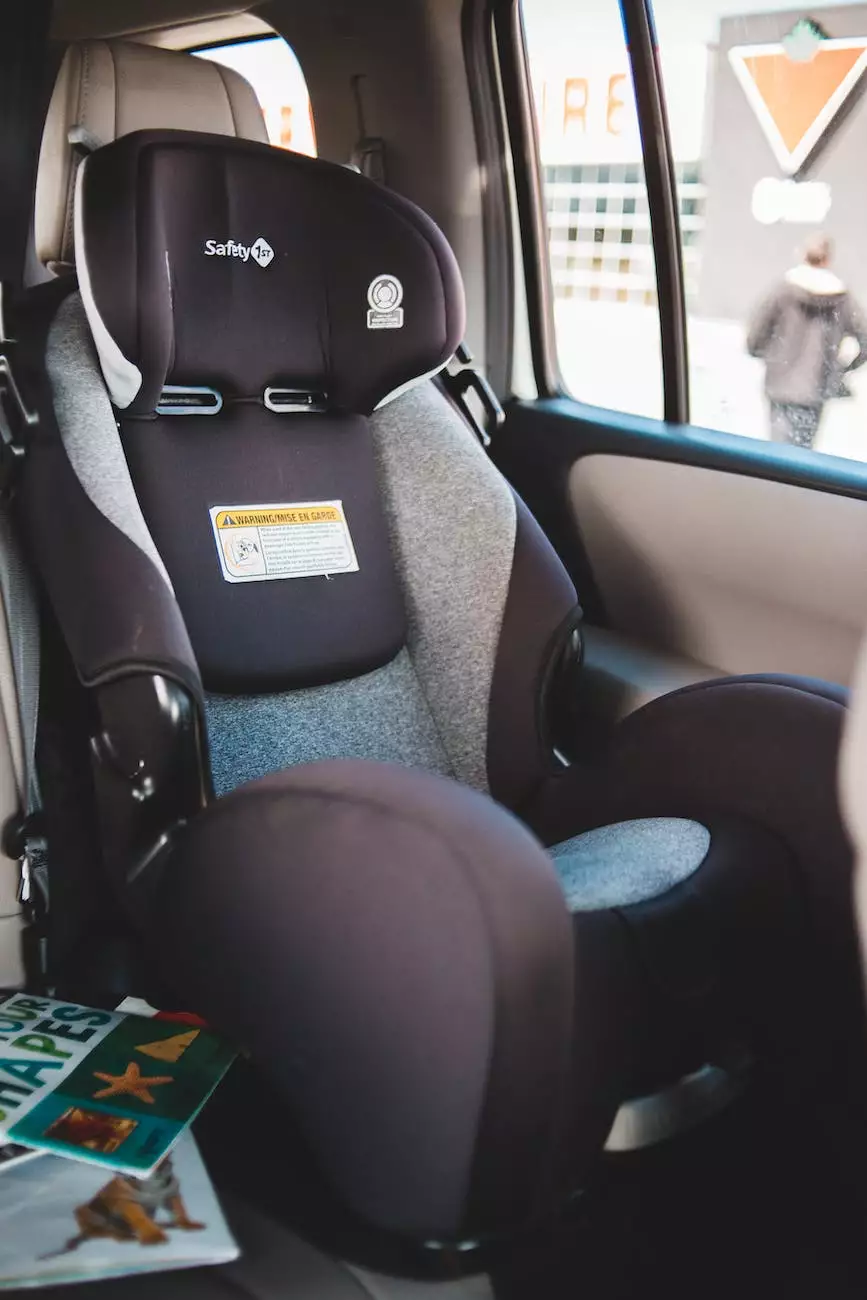Car Seat Safety - Protecting Your Child's Well-being

The Importance of Car Seat Safety
As a responsible parent, you understand the importance of car seat safety in protecting your child's well-being. Every year, thousands of children are injured or worse in car accidents, and proper use of car seats significantly reduces the risk of injuries.
Choosing the Right Car Seat
When it comes to car seats, there is no one-size-fits-all solution. It is crucial to choose a car seat that is appropriate for your child's age, height, and weight. Remember, using the wrong car seat or installing it improperly can compromise its effectiveness.
Infant Car Seats
For newborns and infants up to a year old, an infant car seat is the safest option. These seats are rear-facing and provide optimal support for their delicate bodies. Make sure to select an infant car seat that meets all safety standards and has been tested for crash performance.
Convertible Car Seats
Convertible car seats are designed to grow with your child. They can be used both rear-facing and forward-facing, accommodating children from infancy to toddlerhood. When transitioning to a forward-facing position, always ensure that your child meets the height and weight requirements of the seat.
Booster Seats
Once your child outgrows the convertible car seat, it's time to transition to a booster seat. Booster seats provide a necessary boost for your child to fit in the vehicle's seat belt correctly. Ensure that the booster seat provides firm support and has adjustable features to adapt to your child's growth.
Installing Your Car Seat Correctly
Proper installation of the car seat is crucial for its effectiveness. Here are some essential tips to ensure a secure installation:
Read the Manual
Always read the car seat's manual thoroughly before installing it. Every seat has different installation instructions, and following them correctly is vital.
Positioning
Rear-facing seats should be positioned in the back seat of your vehicle, away from the airbags. For forward-facing seats, secure them in the back seat if possible.
Secure the Seat
Ensure that the car seat is tightly and securely fastened. You shouldn't be able to move it more than an inch in any direction.
Check the Harness
The harness straps should fit snugly on your child. Ensure that the chest clip is positioned at armpit level, and the straps are flat and untwisted.
Additional Car Seat Safety Tips
Car seat safety goes beyond just proper installation. Here are some additional tips to enhance your child's safety while on the road:
Seat Belt Safety
Always buckle up yourself and set a good example for your child. Seat belts are a crucial safety measure for everyone in the vehicle.
No Bulky Clothing
Avoid dressing your child in bulky clothing or placing blankets between your child and the harness. These can affect the harness's effectiveness in a crash.
Regular Inspections
Periodically inspect your car seat for any signs of wear and tear. Check for loose screws, worn-out padding, or cracked shells. Replace any damaged parts immediately.
Conclusion
Your child's safety should always be a top priority, especially when it comes to car seat safety. By choosing the right car seat, installing it correctly, and following essential safety tips, you can provide the best protection for your child during every car ride.




